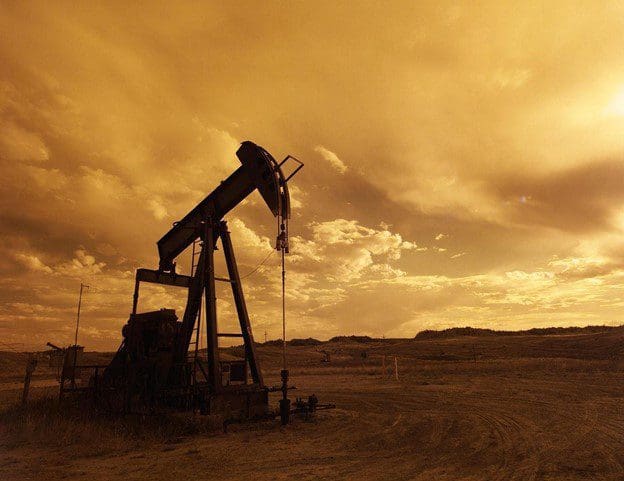Two reports were released recently highlighting the increase in economic activity in the oil and gas industry in Texas in 2021 with anticipation of even more advancements this year.
The Texas Petro Index (TPI) reports a 28.8 percent increase in activity last year, and the Dallas Fed Energy Survey revealed expectations of continued growth.
TPI hit bottom during January 2021 and expanded each month as crude oil and natural gas prices rose, along with the drilling rig count, production, and employment.
The Dallas Fed surveyed 134 company officials in December and expressed confidence in crude oil and natural gas prices during 2022. Responses ranged from $50 to $125 per barrel for oil (averaged $75) and averaged $4.06 for natural gas.
“Assuming continued steady growth in upstream activity levels in Texas in the coming year, the TPI is on track to reach and surpass the previous peak in late 2022,” Petroleum Economist Karr Ingham, creator and author of the TPI, said.
Crude oil prices rose 40 percent year-over-year (from $35 to $50), and the December monthly average of $67.47 was up by more than 56 percent compared to December 2020. Monthly posted crude oil prices averaged as high as $77.12 in October 2021, after averaging as low as $14.68 in April 2020. The 2021 fourth-quarter average crude oil price was the highest since the third quarter of 2014.
Natural gas prices paid to producers averaged $5.79/MMBtu for the year, the highest annual average since 2008, Ingham said. “While natural gas prices were already trending higher in 2021, the upward price spike in February 2021 in response to Winter Storm Uri pushed the average significantly higher,” he said.
The Texas statewide rig count increased each month last year to a high of 275 in December, which is a strong recovery from the record low of 105 rigs at work on average in August 2020.
“Nearly 18,600 direct upstream oil and gas jobs have been added thus far in the current expansion, including nearly 16,500 over the last year,” Ingham said. “However, that follows the loss of over 83,000 jobs over the course of the entire contraction, 63,000 of which were shed during 2020 alone. As of December, estimated upstream industry employment in Texas was 175,925, compared to the low point of 157,330 in September 2020, and the most recent cyclical employment peak of over 240,000 jobs in December 2018.”
Crude oil production is increasing in Texas, exceeding 5 million bpd in December according to preliminary estimates, Ingham said. Crude oil production reached record levels in early 2020 at over 5.4 million bpd before declining by 22 percent from March to May, a decline of nearly 1.2 million bpd.
“Record or near-record production for crude oil and natural gas in Texas … tells a fantastic story about what Texas oil and gas producers from large to small have been able to achieve,” said Ingham. “While we may wish for higher rig counts, industry employment, and payrolls, the purpose of any economy is to meet the wants and needs of its consumers.”
Alex Mills is the former President of the Texas Alliance of Energy Producers.
Alex Mills is the former President of the Texas Alliance of Energy Producers. The Alliance is the largest state oil and gas associations in the nation with more than 3,000 members in 305 cities and 28 states.






